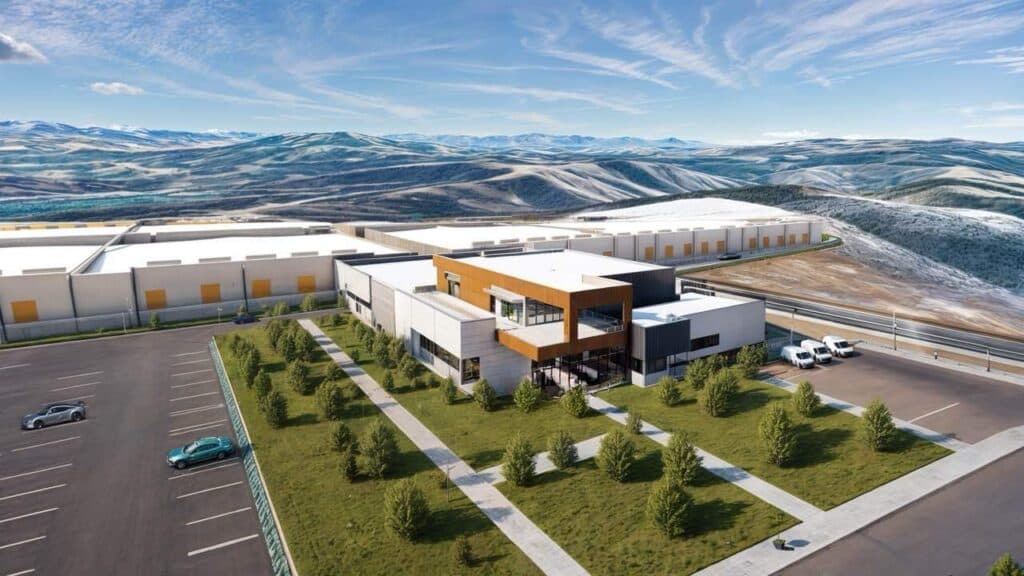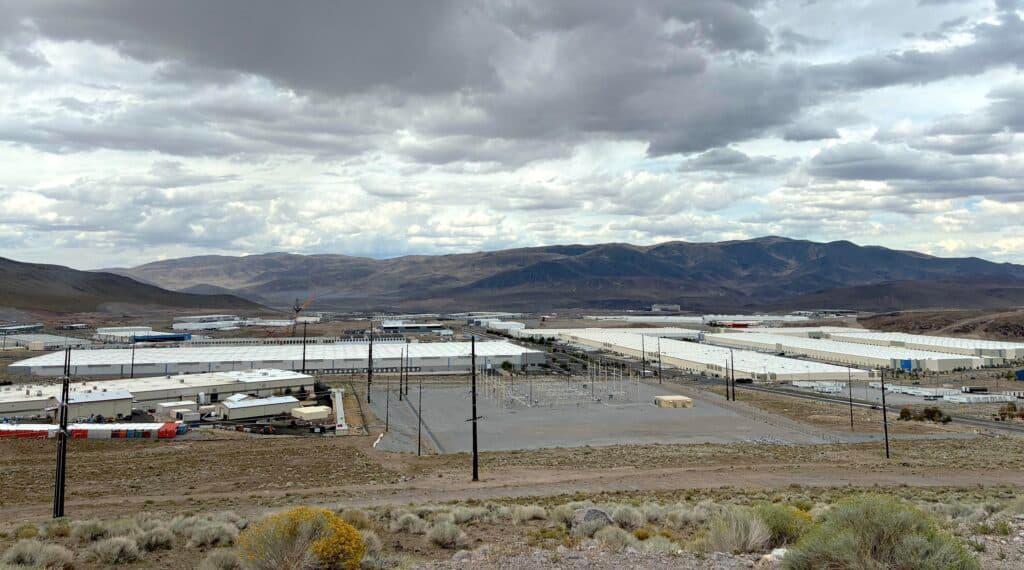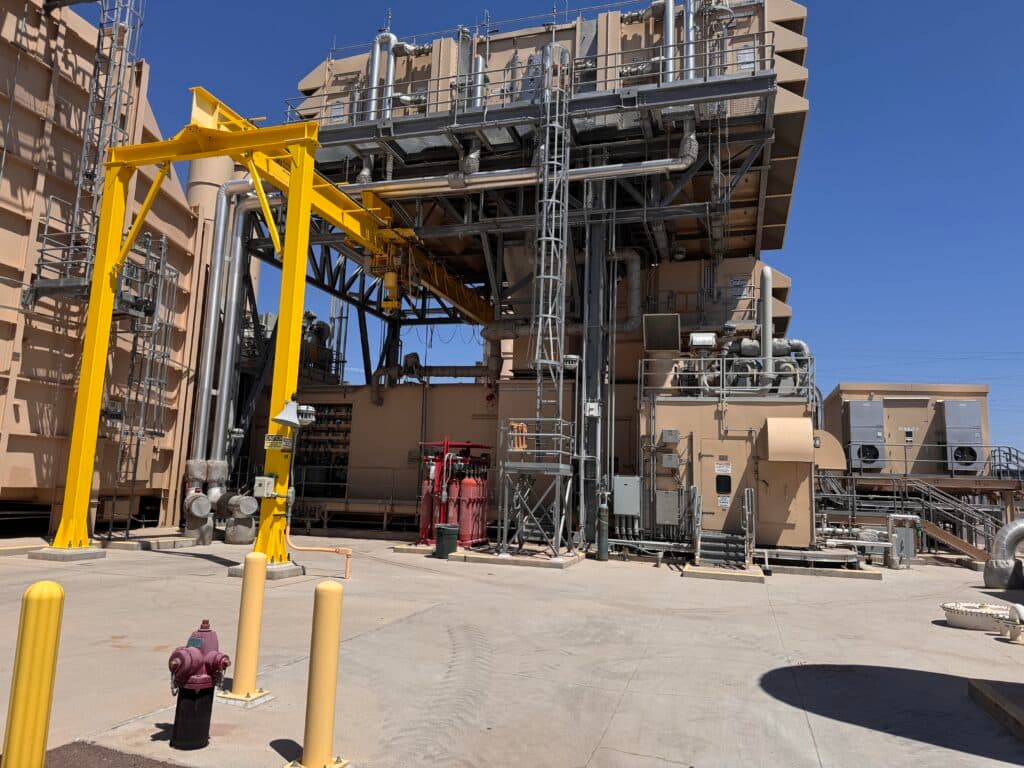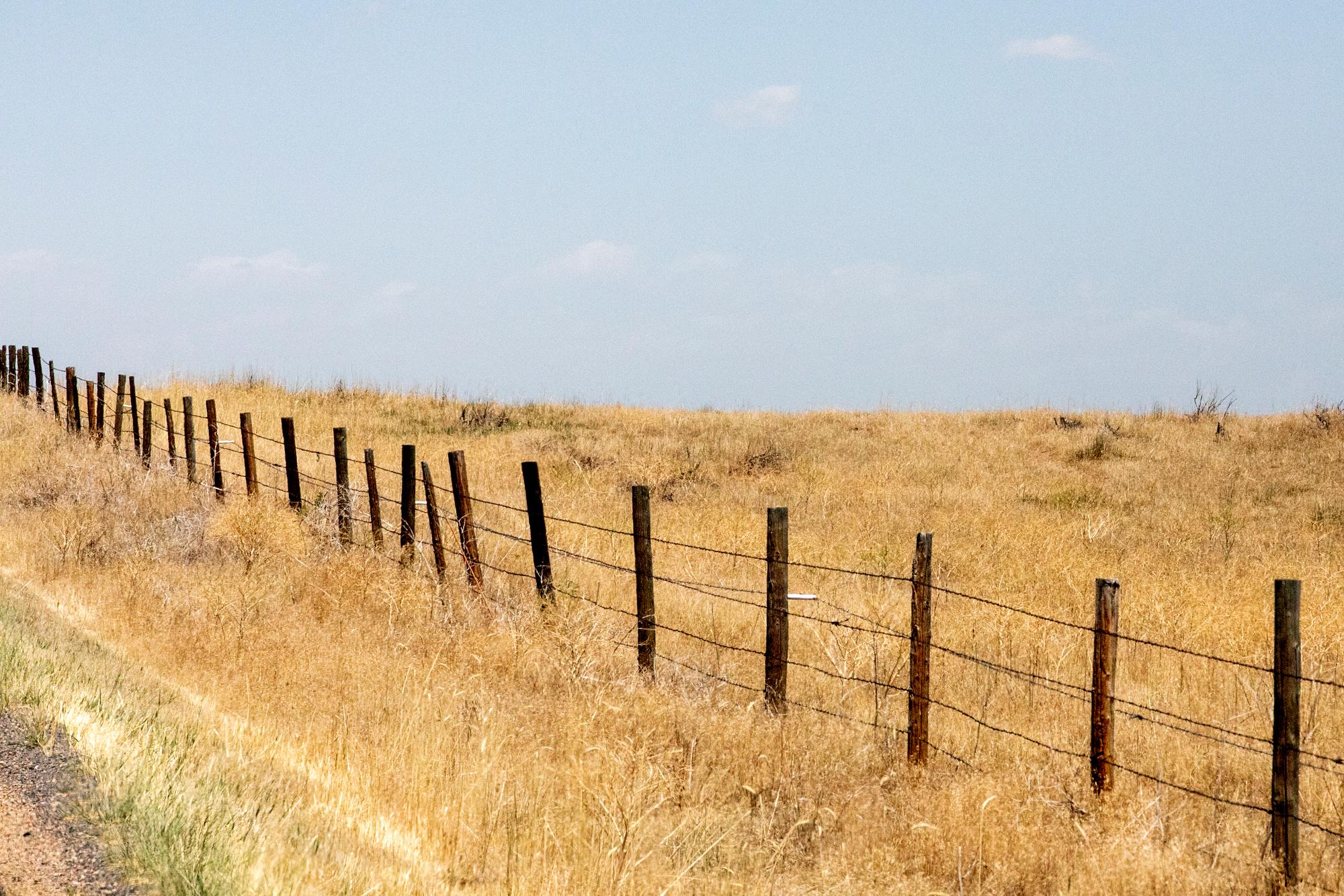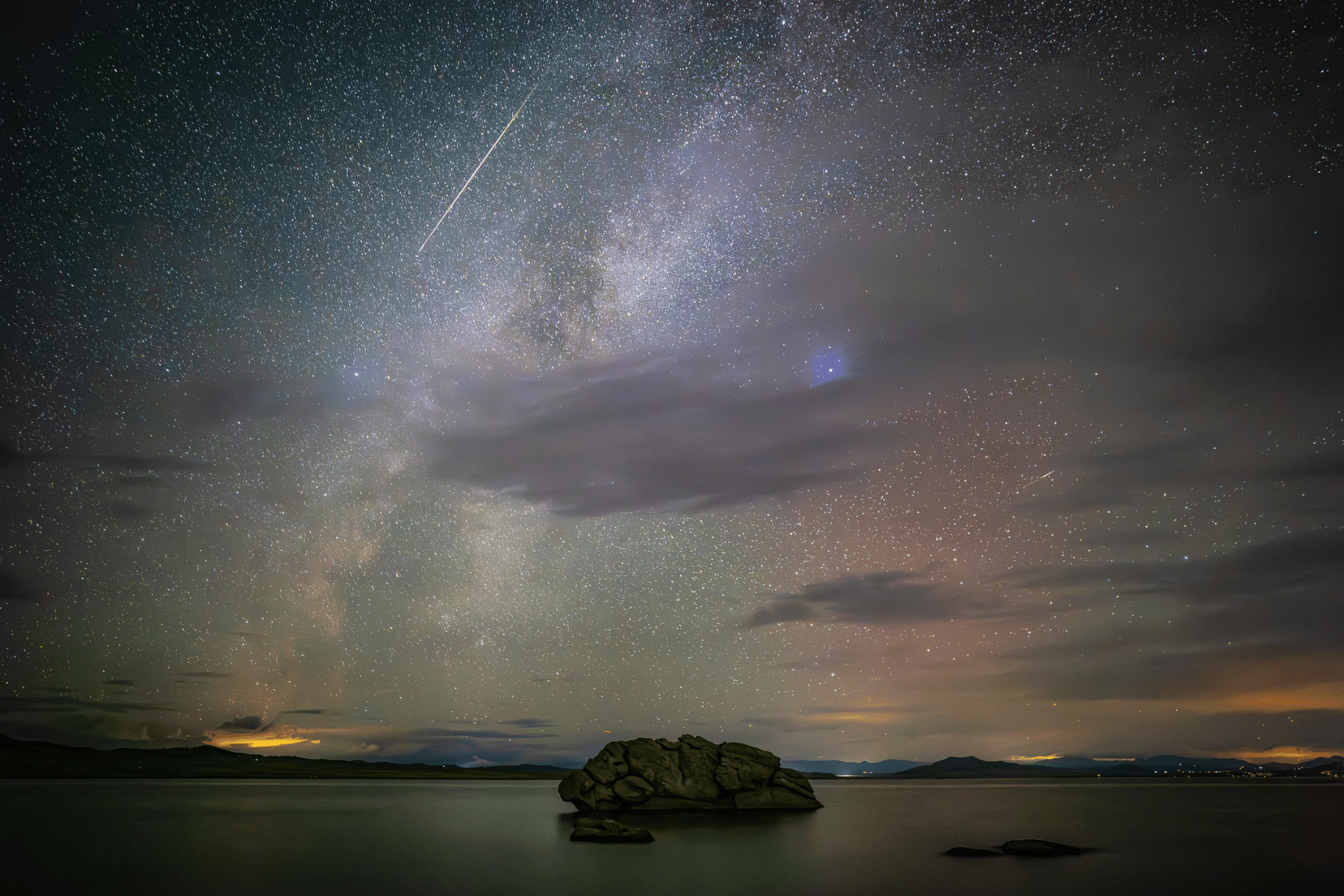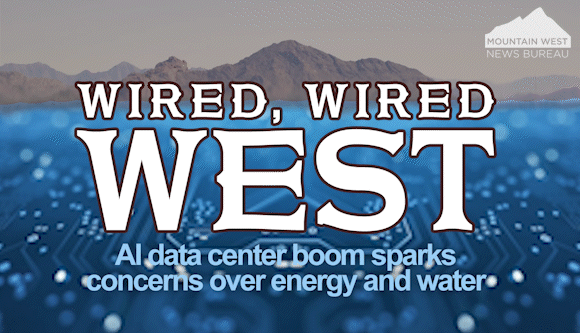
By Michael de Yoanna/Mountain West News Bureau and Tegan Wendland/Colorado Public Radio
Tech giants like Meta, Google and Amazon are transforming the Mountain West. Massive nondescript, warehouse-type buildings are popping up fast in neighborhoods, open plains, and rolling foothills. They’re called data centers and they are like the nervous system that supports the brains of artificial intelligence.
Data centers are economic drivers, but also bring with them big questions about energy and water use, and pollution.
Arizona, where driverless cars are a common sight, is one of the hot spots.
“It's really growing very fast in Arizona and around the country — more so in the last two years,” said DPR Construction project executive Tom Maples. His company builds data centers, including one in a Phoenix suburb for Meta Platforms Inc, Mark Zuckerberg’s tech conglomerate.
He added, “there’s a lot more energy being consumed.”
Data centers harbor halls full of high-performance computers, servers, routers and other equipment. Some consume as much energy as a small city. Energy demand is expected to triple across the country in the next three years. The Department of Energy estimates that data centers will account for up to 12% of all national energy consumption in the same time frame, up from 4.4% in 2023.
Utilities everywhere are preparing to provide more energy as the widespread deployment of the next generation of nuclear power – small modular reactors like those being developed at the Idaho National Laboratory – remains far on the horizon.
This leaves utilities turning to cheaper fossil fuels, especially natural gas, to fill the gap in the meantime.
“With his abundant source of natural gas, that's what's going to power our data centers,” said Energy Secretary Chris Wright in an address to the Council on Foreign Relations think tank in September.
Data centers are also straining water supplies, raising questions about scarcity across the dry Mountain West – from the Colorado River and the communities it serves to the Great Basin region, in places like Reno, Nevada, where a data center park one-and-a-half times the size of the city is growing next door. U.S. data centers used 17 billion gallons of water, or enough for 150,000 homes for a year, according to a 2024 Lawrence Berkeley National Laboratory report. That water demand is projected to double or even quadruple within the next few years, according to the federal report.
The builders of many data centers are striving to make them more water and energy efficient to help their bottom line. There’s even one large development in the rural southwestern corner of Wyoming that’s trying to go “net-zero.”
Yet there are pockets of concern rising in Mountain West states, especially people who live near data centers. From Tucson, Arizona, to Dona Ana County, New Mexico, to a low-income Denver neighborhood, some residents are standing to ask tough questions about data center projects. They voice concerns about the possibilities of increased air pollution, higher utility bills, and stretched water supplies. All of this even as climate models predict more heat, drought and extreme weather across the region in the years ahead.
In our four-part Wired, Wired West series we turned to experts, energy analysts, residents and tech executives. We trace the energy's path, the water's strain and the societal freight carried by our digital obsession.
Can an AI data center be 'green'?
Can an AI data center be "green"? Maybe, but even the ones that want to be environmentally friendly face energy challenges.
As AI data centers multiply across the Mountain West, so do fears over water use
AI data centers use large amounts of water for cooling. And many are being built in the drought-stricken Mountain West, sparking concerns over water supplies.
AI data centers need a lot of power. That creates challenges for electric companies in the West
Artificial intelligence is increasingly creeping into our lives. And in support of that super technology, nondescript data centers are popping up in cities, towns and even near cattle ranches. They require lots of power — creating new challenges for utilities.
Does the AI boom threaten local air quality? A north Denver neighborhood is about to find out
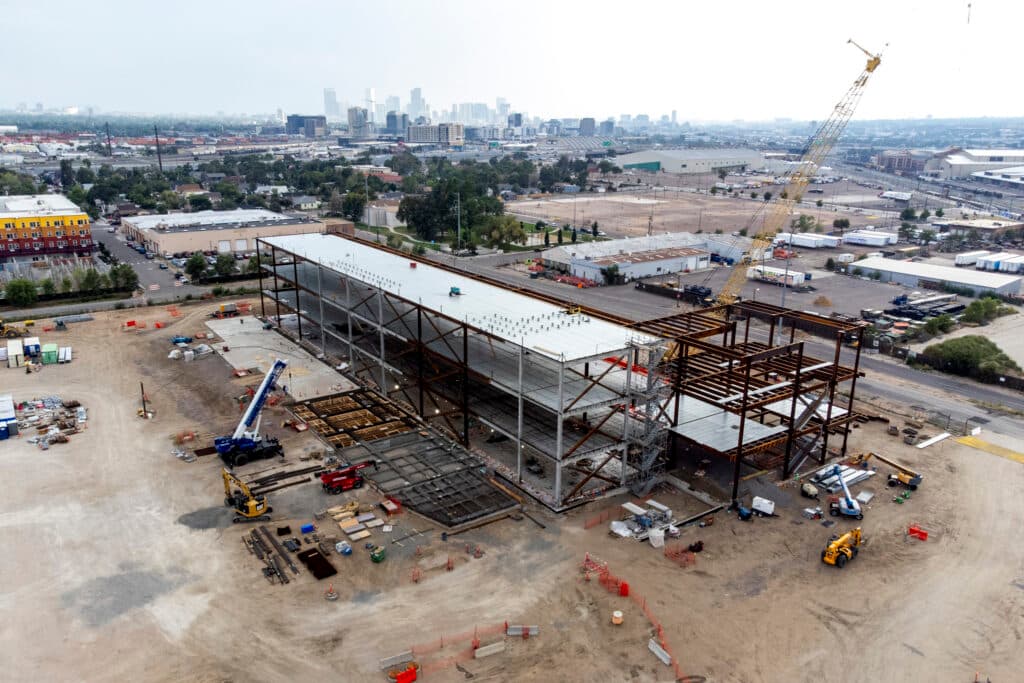
A new data center campus is currently under construction in Elyria-Swansea — a neighborhood already struggling with pollution from major highways and Colorado’s only oil and gas refinery.
About this project
Reporting
Greg Hanhe is a field correspondent for KJZZ in Phoenix.
Kaleb Roedel is a full-time Mountain West News Bureau reporter assigned by KUNR in Reno, Nevada. He covers water, the environment and Indigenous issues.
Hanna Merzbach is a full-time Mountain West News Bureau assigned by Wyoming Public Media. She covers public lands and other issues.
Sam Brasch covers climate and the environment for CPR News in Colorado.
Editing
Michael de Yoanna is the managing editor of the Mountain West News Bureau based in Colorado.
Tegan Wendland is climate solutions editor of CPR News in Colorado.
Digital
Sky Schaudt is a senior digital editor at KJZZ in Phoenix.
